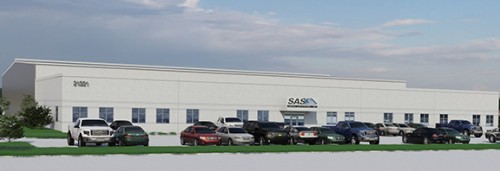

Ductless Fume Hoods trap hazardous particulate in filters so they can be disposed of properly.Įnergy Efficiency/Cost Efficiency: Ductless Fume Hoods recirculate existing room air, while externally ducting systems remove heated, cooled, or dehumidified air outdoors, which requires that air to be replaced. Pre-filter & Heavy-duty Carbon Filter - 115 FPMĮnvironmentally-Friendly: In many cases, ducted exhaust hoods empty extracted fume and particulate directly outdoors without sending it through a filtration system first. Pre-filter & 99.97% HEPA Filter - 170 FPM Pre-filter & Heavy-duty Carbon Filter - 70 FPM

Warranty: Limited two-year warranty from date of shipment on defects due to materials or workmanship. Pre-filter & Heavy-duty Carbon Filter - 60 FPM Pre-filter & 99.97% HEPA Filter - 100 FPM ULPA Filter - Up to 99.9995% efficient on particles down to 0.12 micronsĪctivated Carbon & Specialty-Blended Filters HEPA Filter - Up to 99.97% efficient on particles down to 0.3 micronsĪSHRAE Filter - Up to 95% efficient on particles down to 0.5 microns Sentry Air invests in certification processes and independent testing performed by a Nationally Recognized Testing Laboratory (NRTL) prior to offering any air infiltration products.
If your fume hood is used often, a regular cleaning schedule should be established. To allow for airflow, large equipment should be raised at least 2” off the surface. Any bulky equipment should be placed at the rear of the hood. Pedestrian traffic in front of the hood should be limited. They should be visually inspected frequently. A ductless fume hood should only be considered for use in labs with low hazard chemicals. Safe operation of your fume hood is critical to protecting your staff and anyone around it. No permitting issues for venting outside (ie. Minimal installation costs-no external ducting or venting. Dangerous chemicals that need to be vented outside per regulations of OSHA. For example: If your application is using acetone gas and evaporating gallons per day, running it through a carbon filter in excess may saturate it past an effective point, rendering it to be useless or replaced at a significant rate. Loading: the amount of uses per time frame may require us to directly vent outside versus running through a particular filter “too much”. Certain chemicals/gases carry a low molecular weight and are not efficiently captured through a carbon filter (ie. However, a ductless fume hood may not be suitable for the application being practiced as there are certain features of a ducted hood that may suit your needs more: Adaptable (mobility and ease in change of layout). No permitting issues for venting outside of the building (ie. These air filtration systems are designed to keep harmful airborne contaminants away from the operator's respiratory zone while they work within the hood.Īlso referred to as exhaust hoods, these containment systems are used for a variety of applications including chemical fume control, powder and dust removal, solvent vapor control, pharmaceutical powder filling, light grinding, acid gas fumes, anesthesia gas containment, epoxy fume control and other applications that produce hazardous particulates and fumes.ĭuctless fume hoods offer several key advantages when weighing your options versus a ducted fume hood: Because the air is recirculated, no exterior ducting or makeup air is necessary. A ductless fume hood is a stand alone, compact workstation that provides a continuous flow of air that filters hazardous fume vapors out, recirculating clean air back into your working environment.






 0 kommentar(er)
0 kommentar(er)
